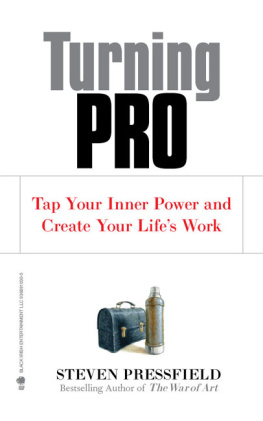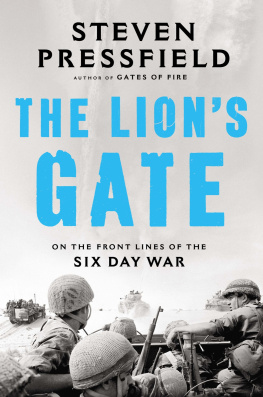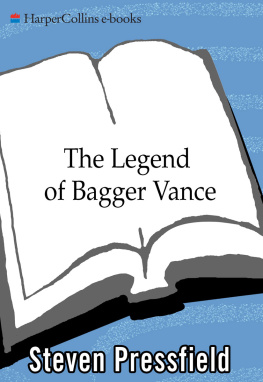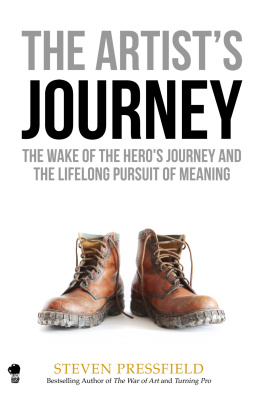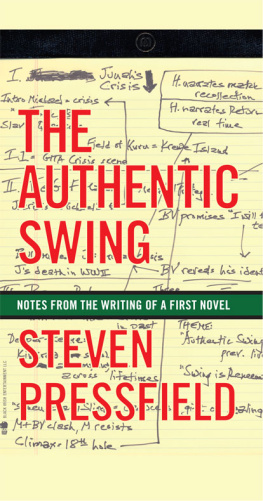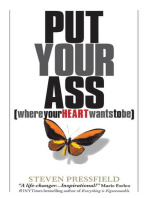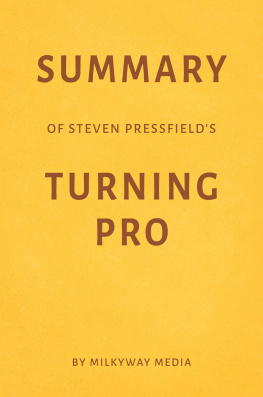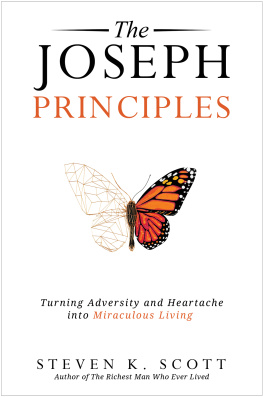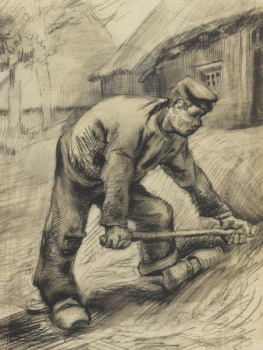NONFICTION
Do the Work
The Warrior Ethos
The War of Art


BLACK IRISH ENTERTAINMENT LLC
65 CENTRAL PARK WEST
NEW YORK, NY 10023
COPYRIGHT 2012 BY STEVEN PRESSFIELD
COVER ILLUSTRATION BY MATT BUCK
ALL RIGHTS RESERVED
PORTIONS OF SEVERAL CHAPTERS HAVE APPEARED PREVIOUSLY AS BLOG POSTS IN THE WRITING WEDNESDAYS SERIES FEATURED ON
WWW.STEVENPRESSFIELD.COM
FOR THE GENEROUS PERMISSION TO QUOTE FROM HER WORK, THE AUTHOR ACKNOWLEDGES THE FOLLOWING SOURCE:
COMPOSED BY ROSANNE CASH 2010.
REPRODUCED BY PERMSSION FROM VIKING PENGUIN,
A MEMBER OF PENGUIN GROUP (USA) INC.
ALL RIGHTS RESERVED
FIRST BLACK IRISH ENTERTAINMENT PAPERBACK EDITION APRIL 2012
FOR INFORMATION ABOUT SPECIAL DISCOUNTS OR BULK PURCHASES, PLEASE VISIT WWW.BLACKIRISHBOOKS.COM OR WWW.STEVENPRESSFIELD.COM
ISBN: 978-1-936891-03-0
for
KATE SNOW
I wrote in The War of Art that I could divide my life neatly into two parts: before turning pro and after. After is better.
Steven Pressfield
FOREWORD
by Shawn Coyne
A fter editing his novels Gates of Fire, Tides of War, and Last of the Amazons, I published Steven Pressfields first nonfiction work, The War of Art. When I presented the book to the sales representativesI was running a boutique publishing company called Rugged Land Books at the timeI suggested that this lean, take-no-prisoners document would become an evergreen backlist bestseller. Its now ten years later and, with hundreds of thousands of copies sold, Steves book is an in-the-studio, on-the-bedside-table, must-have inspirational reference for working artists everywhere.
Have you ever taken a good look at a public garbage can in Paris, a paving stone in Rio de Janeiro, or a doorway in Dublin? Trust methe man or woman responsible for making those utilitarian objects was creating art. When craft, dedication, and professionalism come together, the result can be astonishing. Sometimes the work even achieves immortality.
But sitting down to do the work is another thing entirely. Call it writers block, artistic agita, or general malaise, that malignant internal entity that keeps us from our calling can be a killer. Painting, writing, starting a new business venture, doing charity work, or even just putting everything we have into the work were already doing is waylaid again and again by that chattering critic inside our heads.
In The War of Art, Steve gave a name to this voice. He called it Resistance. Resistance stops us from committing to the important work of our livesnot just committing to it, but fighting like hell to get it done.
What to do?
The War of Art suggests a strategy to bring the fight to this perverse enemy. Steve calls it turning pro. When we turn pro, we leave our amateur ways behind and announce, if only within ourselves, that we have earned our battle scars and learned from our wayward ways to brand ourselves as professionals.
Over the past ten years, Steve has been asked again and again, How exactly do you turn pro? What does turning pro really mean? What do professionals do that the rest of us dont?
Steve worked for three years on Turning Pro. His goal was to try to find a deeper and, at the same time, more practical approach to making the transition from amateur to professional. This approach took so long to materialize that he published two other nonfiction booksThe Warrior Ethos and Do the Work (with Seth Godins Domino Project) waiting for this one to come together. It was too important to be rushed. I think youll be glad that the wait is over.
Youll notice, on the spine of this book (or in the title page of your eBook), that the company publishing Turning Pro is called Black Irish Books. It is my great pleasure to declare that Black Irish Books is just another name for two guys (Steve and I) who battle Resistance every single dayjust as you do.
Its no secret that book publishing is in the midst of radical change. The barriers to entry have crumbled and, as a result, opportunities have grown exponentially. Steve and I joined forces as co-founders of Black Irish Books to get into the ring ourselves.
We intend to publish steak-and-potato kind of books whose aim is to inspire, encourage, and fortify those artists, entrepreneurs, and athletes whose ambition is not to stand on the sidelines, waiting for permission from others, but to take their destiny in their own fiststo pursue their hearts calling and make it work.
Turning Pro is not just something were publishing. Were living it, too.
BOOK ONE
THE AMATEUR LIFE
THE HUMAN CONDITION
T he Daily Show reported recently that scientists in Japan had invented a robot that is capable of recognizing its own reflection in a mirror.
When the robot learns to hate what it sees, said Jon Stewart, it will have achieved full humanity.
THREE MODELS OF SELF-TRANSFORMATION
W hen we hate our lives and ourselves, two models present themselves as modes of salvation.
The first is the therapeutic model. In the therapeutic model, we are told (or we tell ourselves) that we are sick. What ails us is a condition or a disease.
A condition or a disease may be remedied by treatment.
Right now we are ill. After treatment, we will be well. Then we will be happy and will be able to function productively in society and in the world.
Thats one way of looking at our troubles.
The second way is the moralistic model. The moralistic model is about good and evil. The reason we are unhappy, we are told (or tell ourselves) is that we have done something wrong. We have committed a crime or a sin.
In some versions of the moralistic model, we dont even have to have done anything wrong. The human being, we are told, was born wrong.
The answer to the condition of wrongness is punishment and penance. When we have served our sentence and atoned for our sins, we will be pardoned and released.
Then we will be happy and will be able to function productively in society and in the world.
This book proposes a third model.
The model this book proposes is the model of the amateur and the professional.
The thesis of this book is that what ails you and me has nothing to do with being sick or being wrong. What ails us is that we are living our lives as amateurs.
The solution, this book suggests, is that we turn pro.
Turning pro is free, but its not easy. You dont need to take a course or buy a product. All you have to do is change your mind.
Turning pro is free, but its not without cost. When we turn pro, we give up a life with which we may have become extremely comfortable. We give up a self that we have come to identify with and to call our own. We may have to give up friends, lovers, even spouses.

